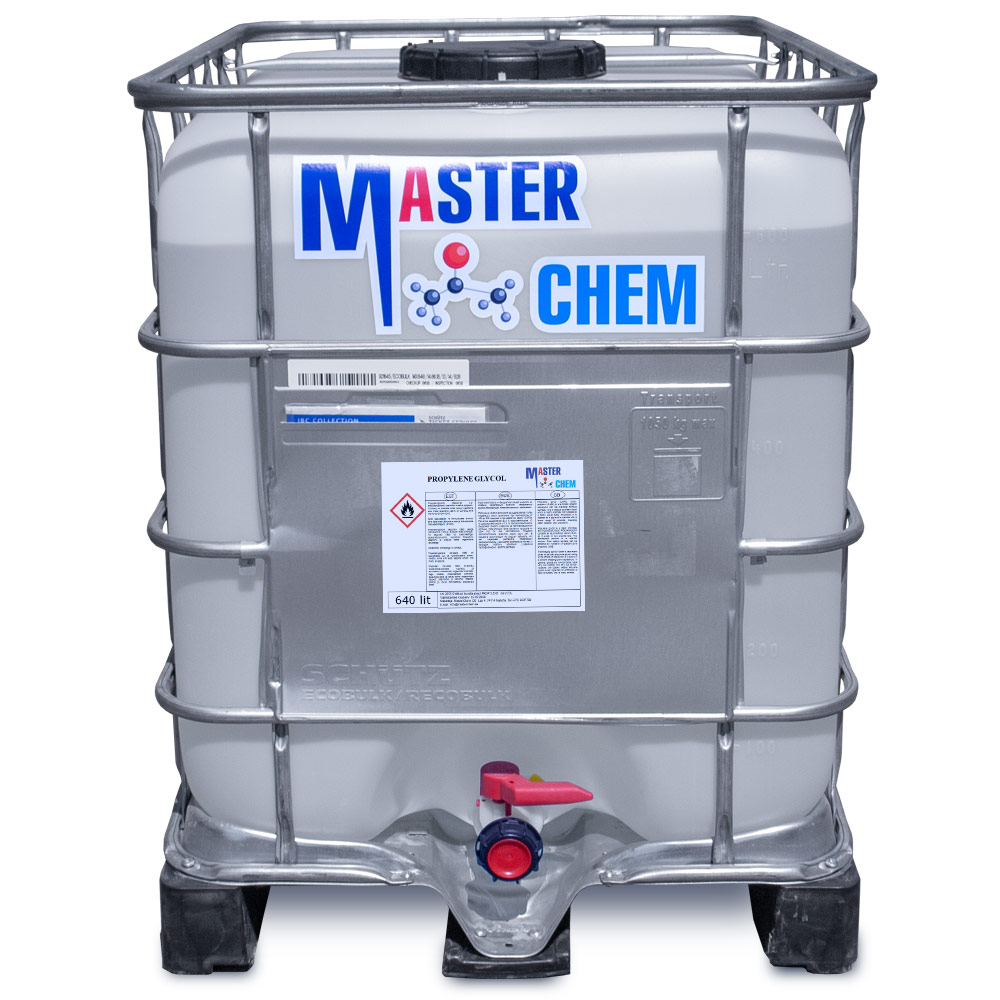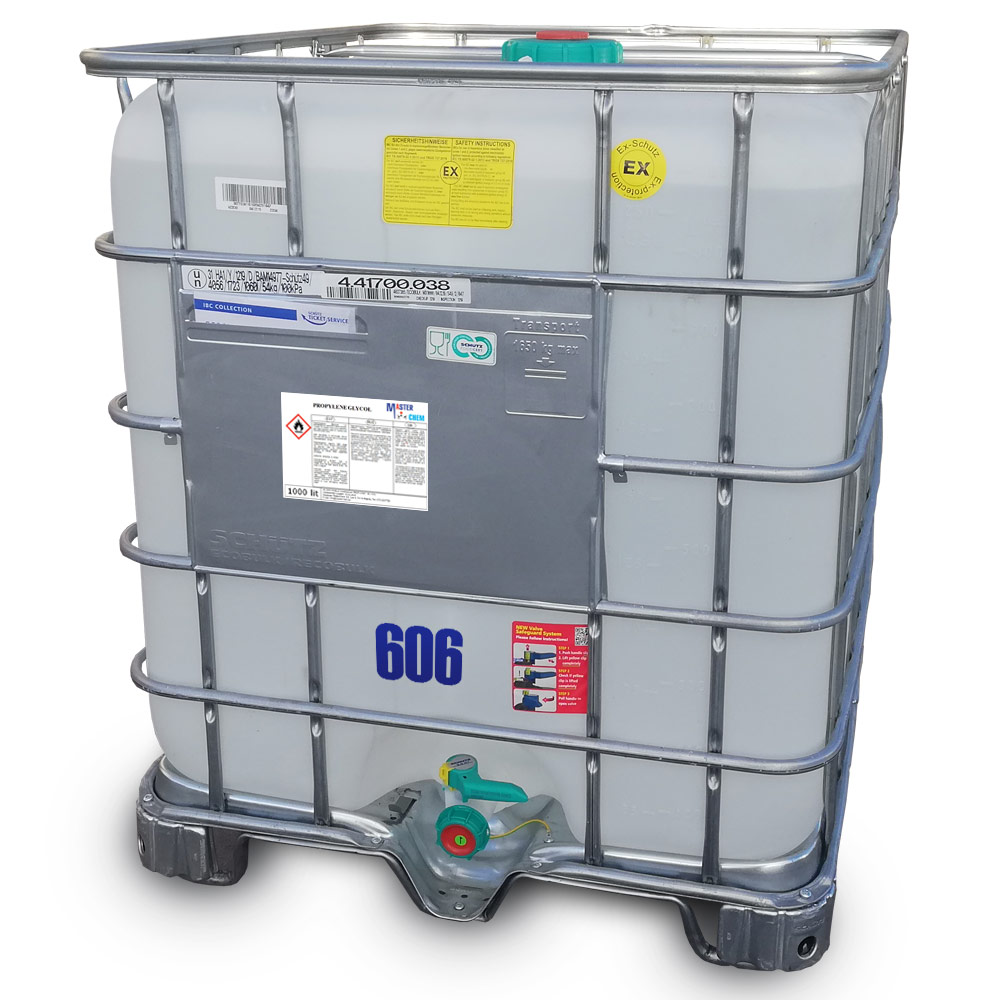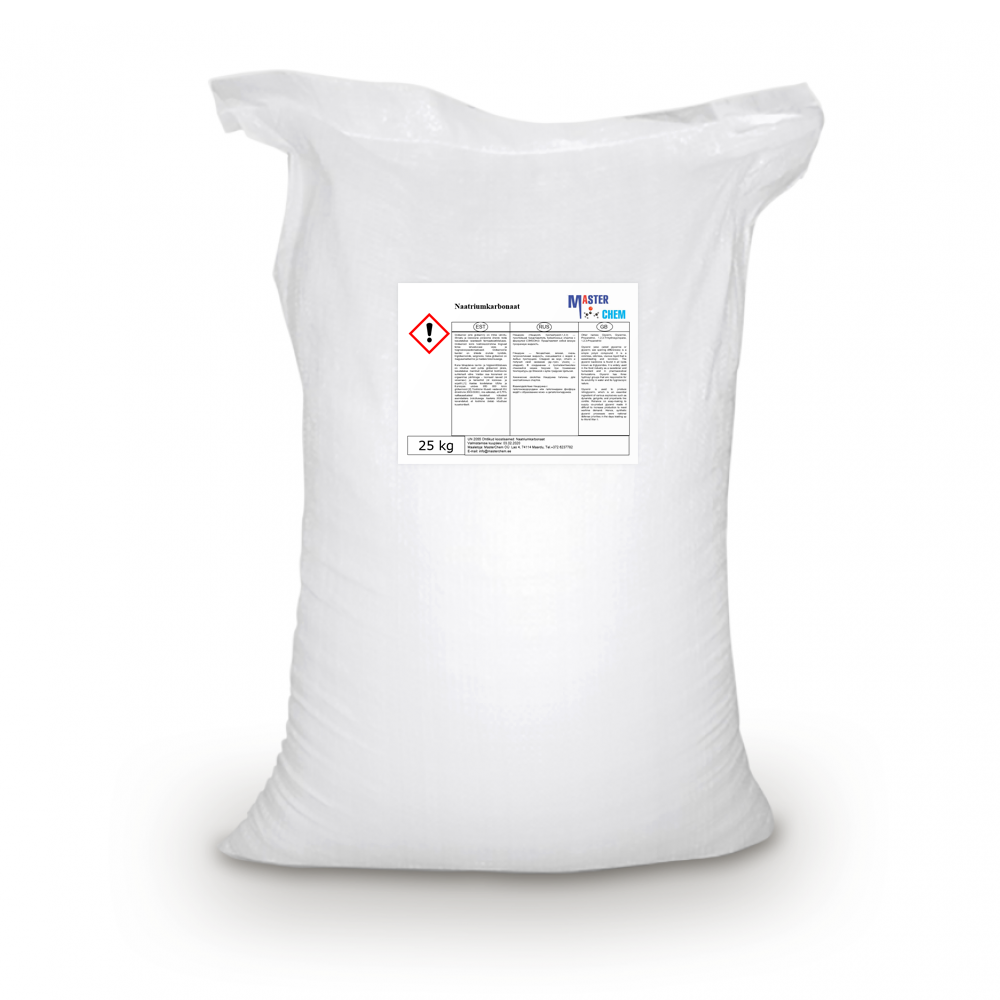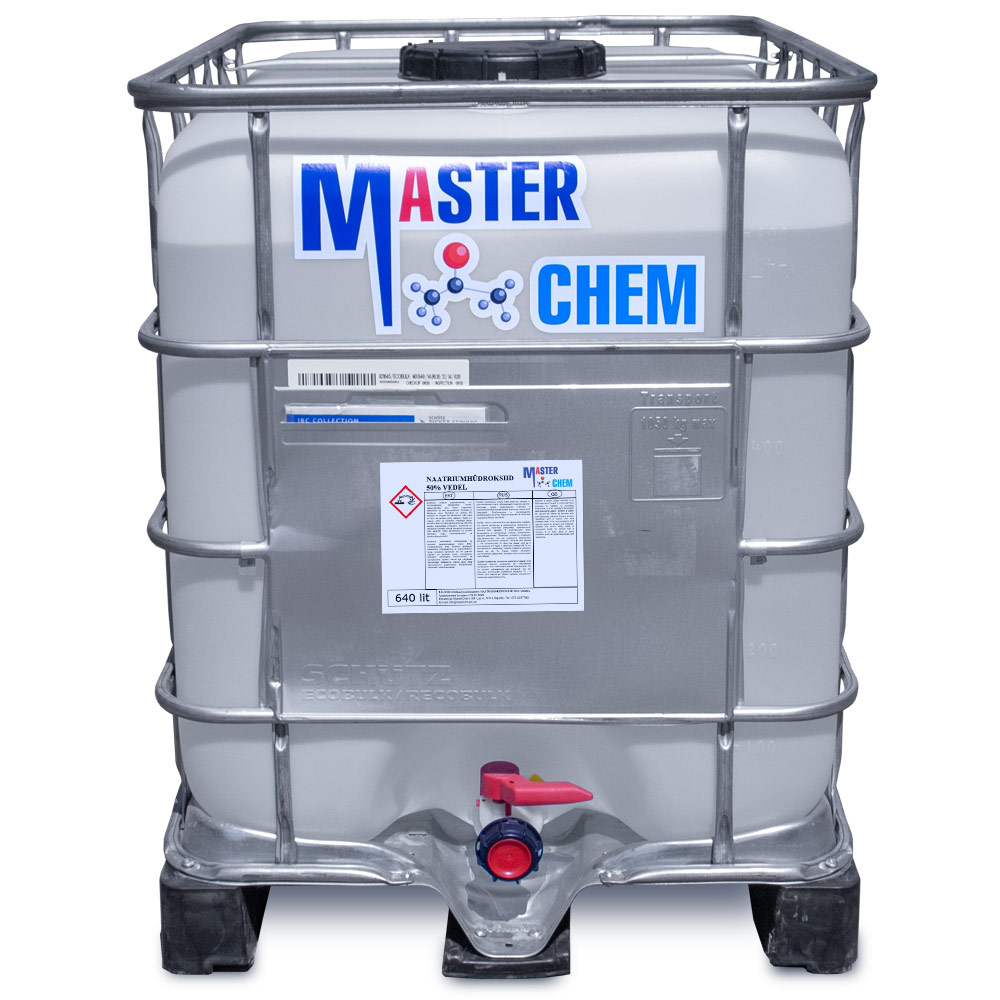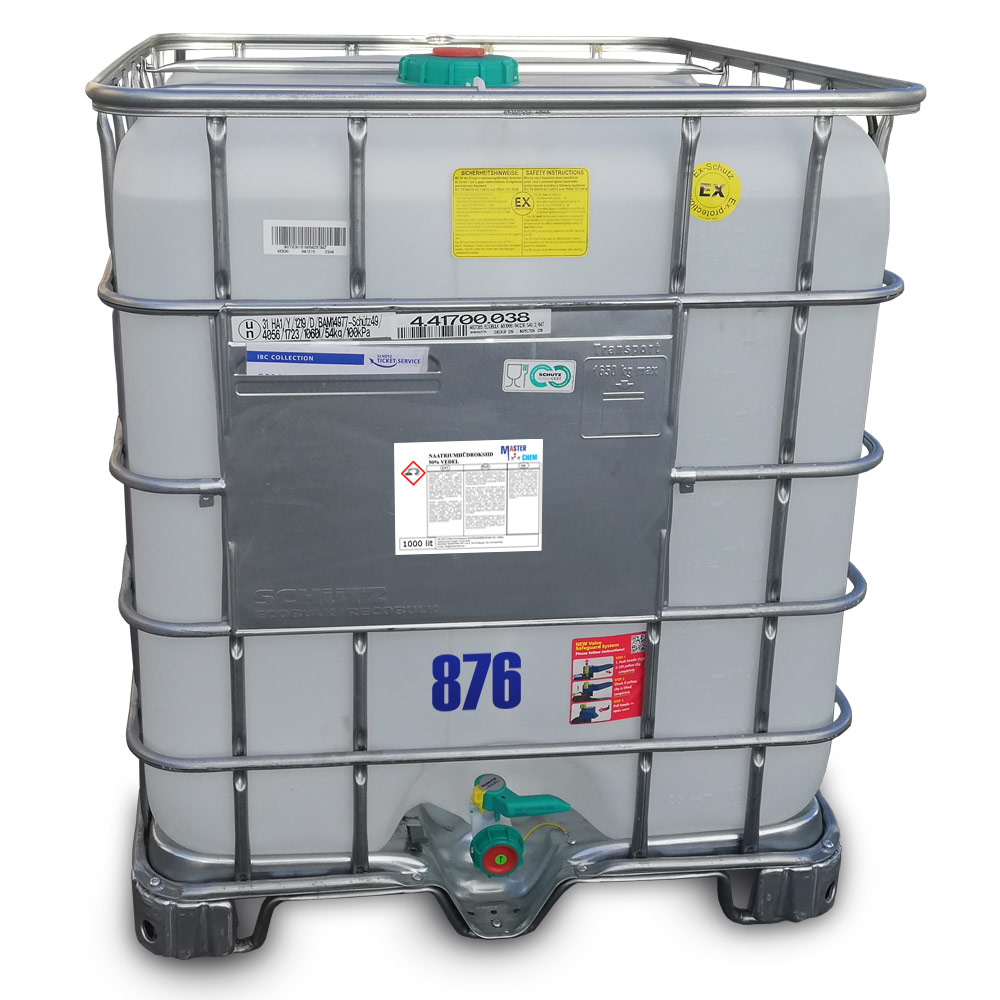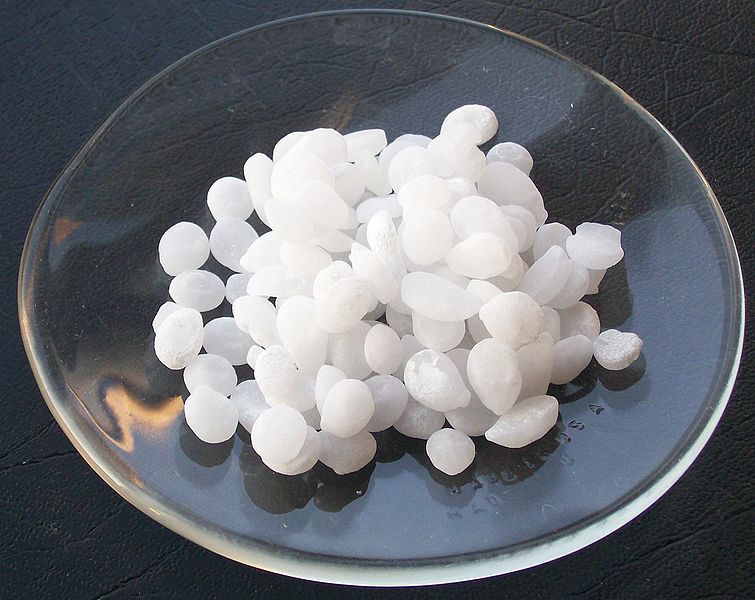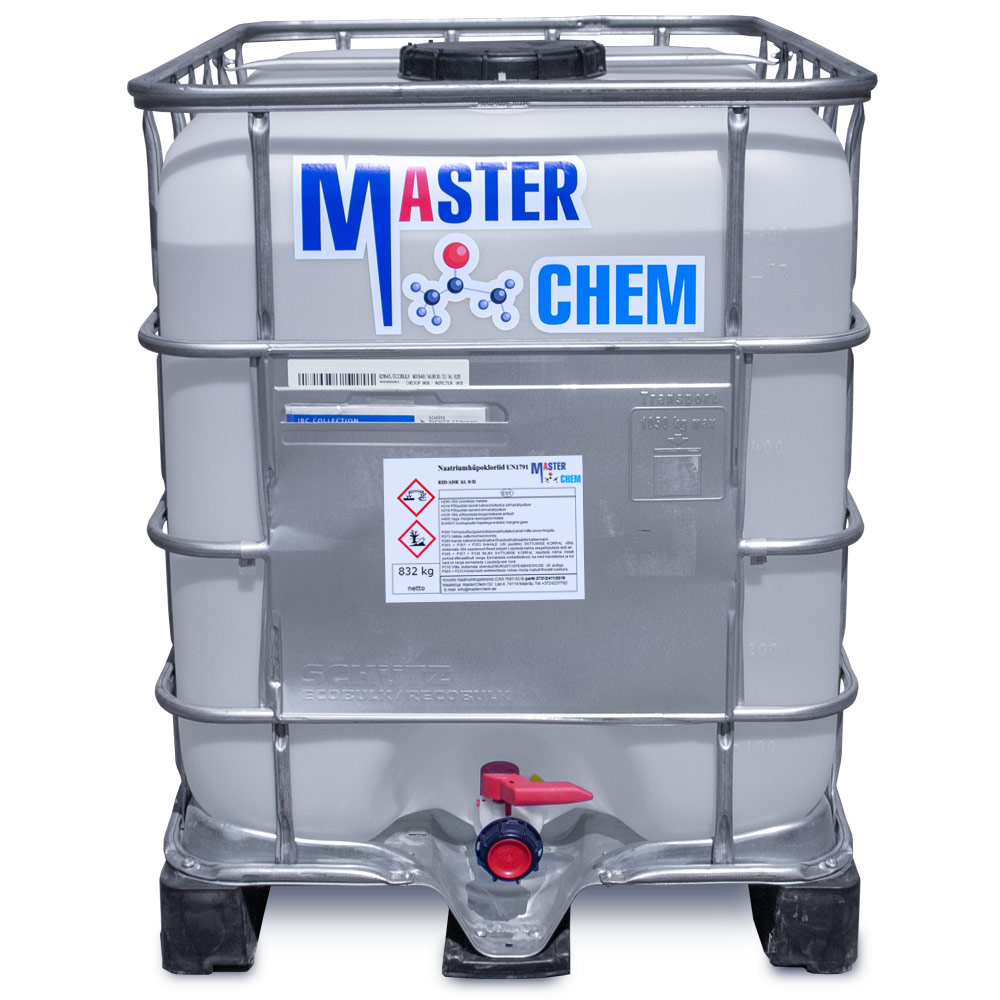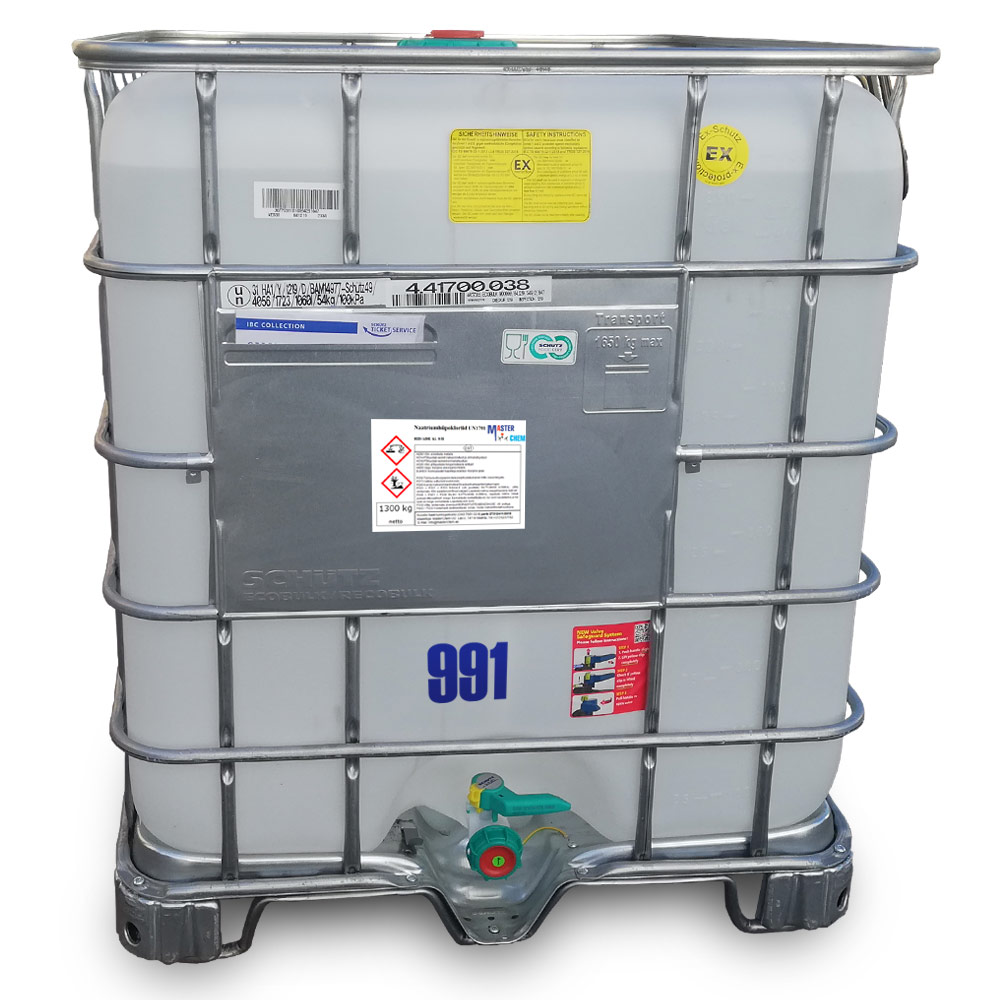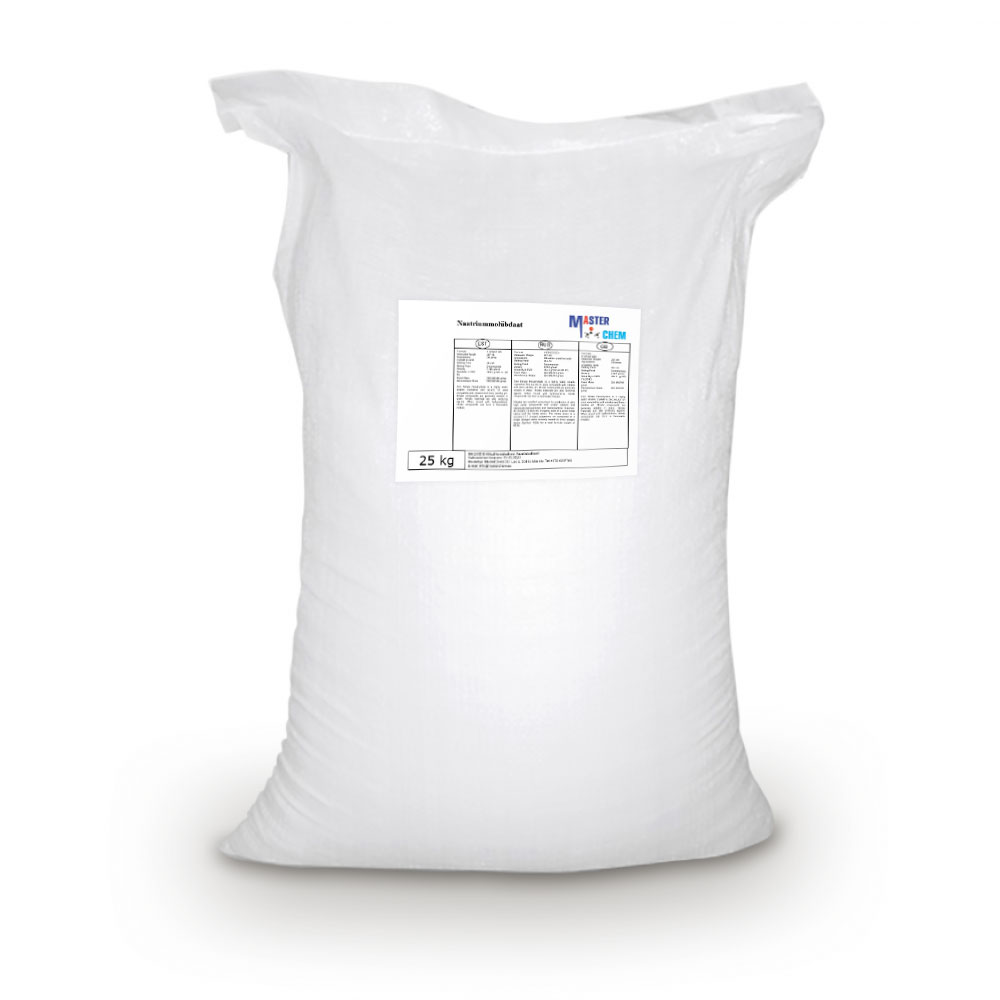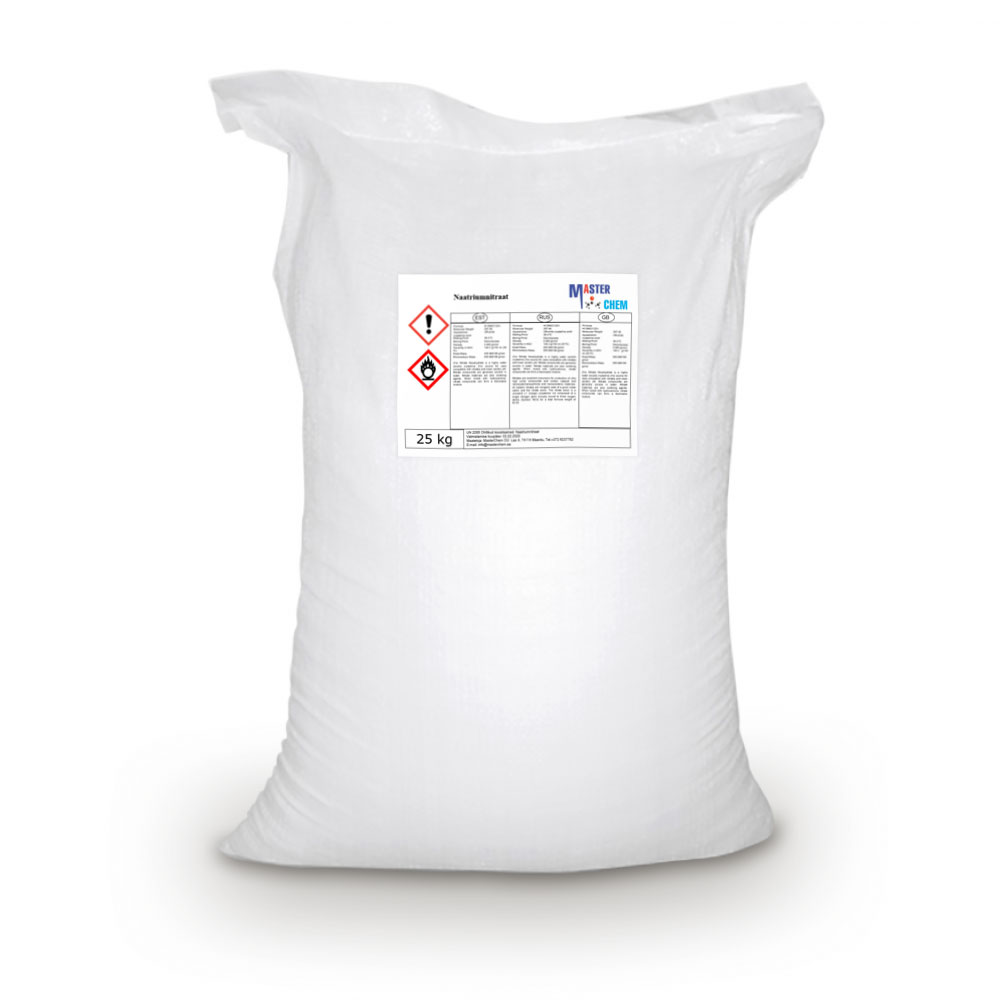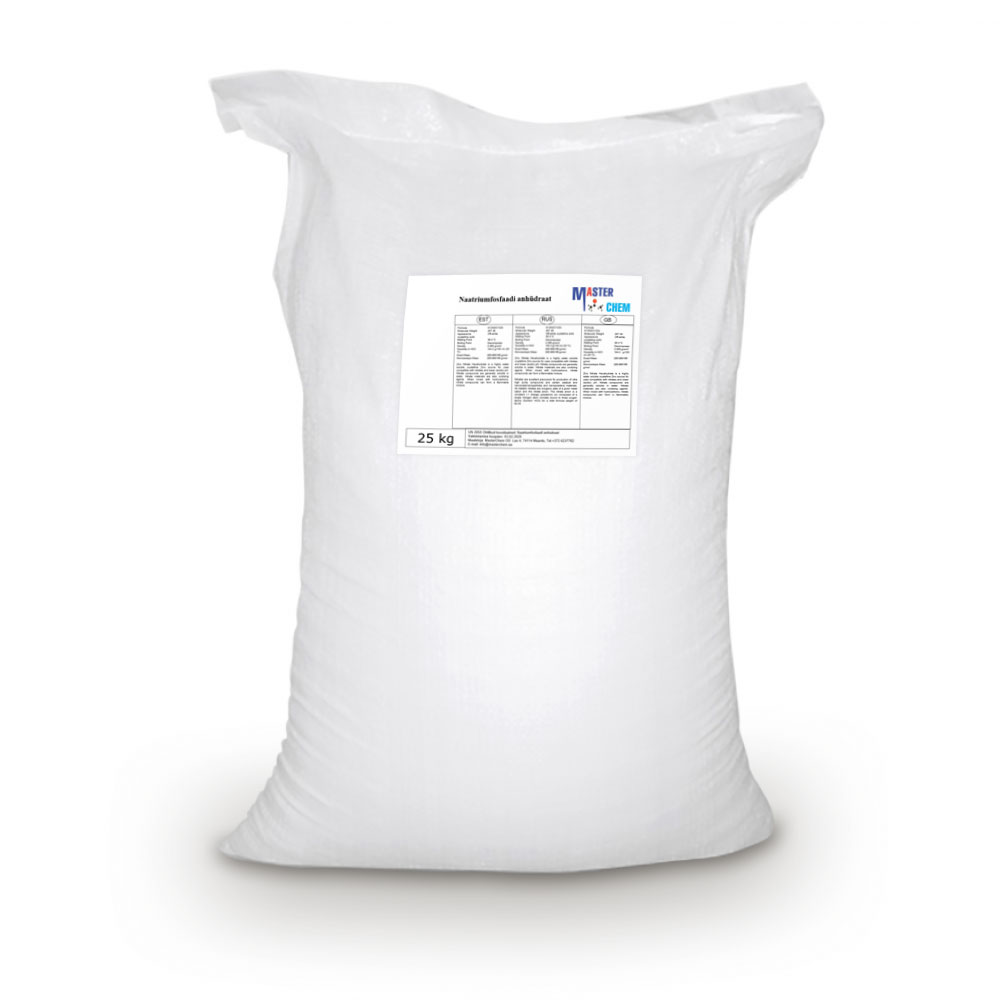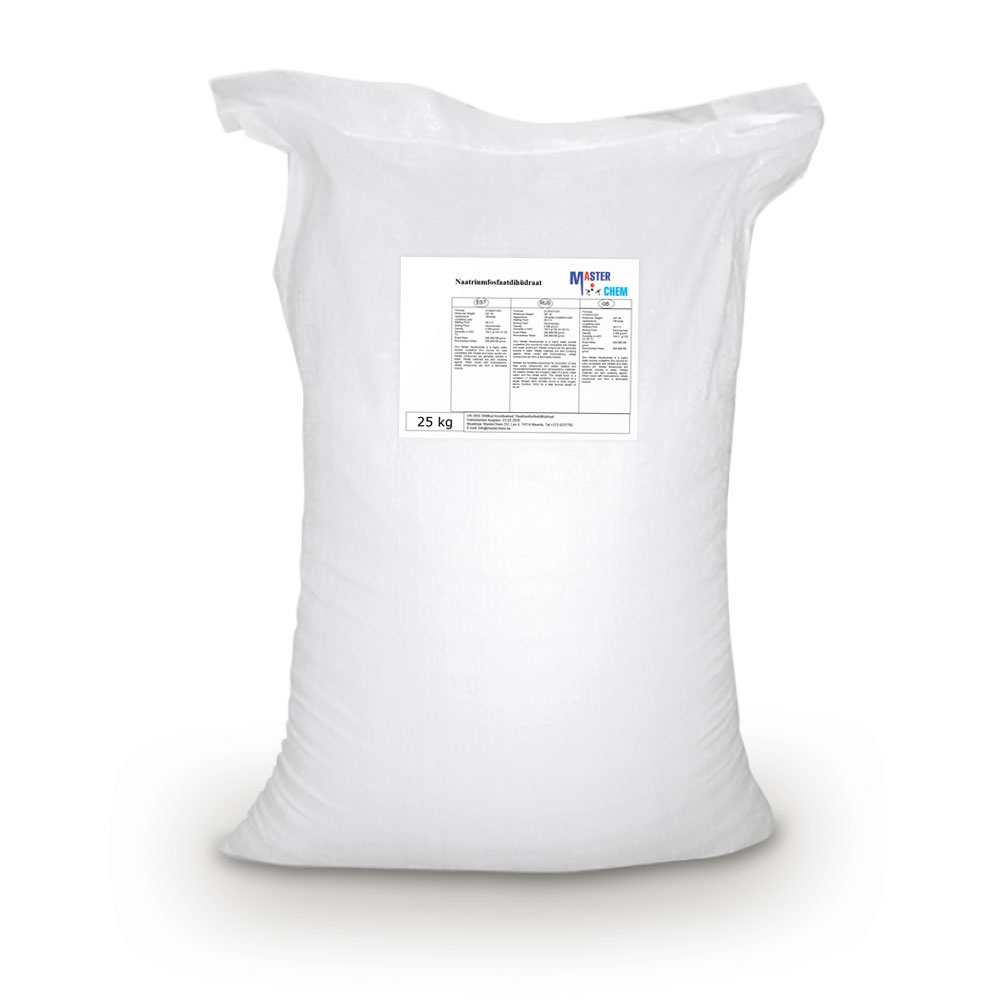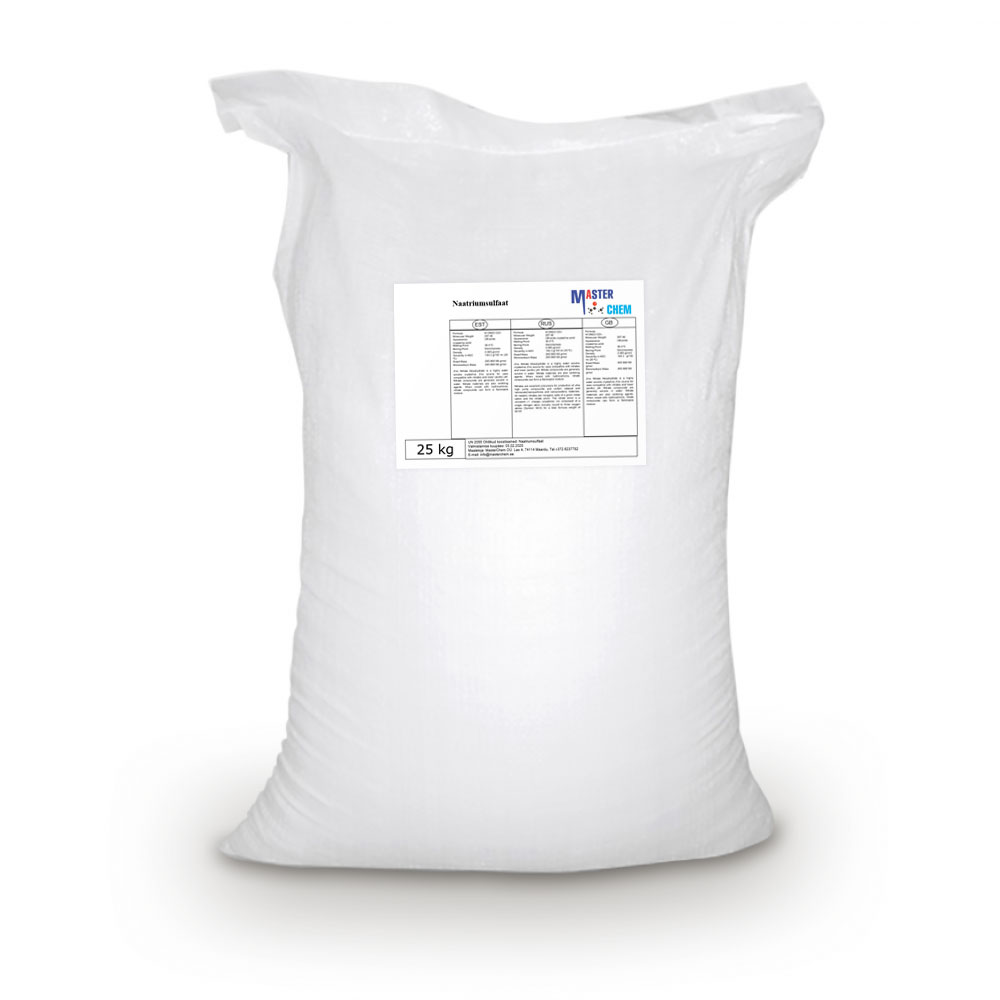Currently Empty: €0.00
Propylene glycol (CAS 57-55-6)
Other names: α-Propylene glycol, 1,2-Propanediol, 1,2-Dihydroxypropane, Methyl ethyl glycol (MEG), Methylethylene glycol
Propylene glycol (IUPAC name: propane-1,2-diol) is a synthetic organic compound with the chemical formula C3H8O2. It is a viscous colorless liquid which is nearly odorless but possesses a faintly sweet taste. Chemically it is classed as a diol and is miscible with a broad range of solvents, including water, acetone, and chloroform.
CAS: 57-55-6
Sodium carbonate (CAS 497-19-8)
Sodium carbonate (CAS 497-19-8)
Sodium carbonate, Na2CO3·10H2O, (also known as washing soda, soda ash and soda crystals) is the inorganic compound with the formula Na2CO3 and its various hydrates. All forms are white, odourless, water-soluble salts that yield moderately alkaline solutions in water. Historically, it was extracted from the ashes of plants growing in sodium-rich soils. Because the ashes of these sodium-rich plants were noticeably different from ashes of wood (once used to produce potash), sodium carbonate became known as “soda ash.” It is produced in large quantities from sodium chloride and limestone by the Solvay process.
Sodium hydroxide (48% liquid) (CAS 1310-73-2)
Description:
Sodium Hydroxide, lye, caustic soda.
Inorganic chemical, the most common alkali, the chemical formula NaOH. This reactant is dissolved in water to form heat, and when reacted with certain metals, hydrogen is released. It is very hygroscopic, in the open air it “melts.” In addition to aqueous solutions, it can be produced in granular and scale form. The material is capable of corroding glass, paper, leather and other organic substances. It is a strong base and has chemical properties characteristic of these compounds.
Sodium hydroxide is a caustic and very toxic substance with pronounced alkaline properties. When working with him, you need to be careful. When getting on the skin, mucous membranes and in the eyes, serious chemical burns are formed.
Sodium hydroxide (50% liquid) (CAS 1310-73-2)
Use of sodium hydroxide 50%: Manufacture of pulp, paper and paper products.
CAS: 1310-73-2
Sodium hydroxide (CAS 1310-73-2)
Molecular formula of sodium hydroxide: NaOH
INDEX: 011-002-00-6
CAS: 1310-73-2
EC: 215-185-5
Sodium hydroxide granules (CAS 1310-73-2)
Sodium hydroxide 100% application: Chemical, food, textile, pulp and paper and various other applications.
CAS: 1310-73-2
Sodium molybdate (CAS 7631-95-0)
Sodium molybdate (CAS 7631-95-0)
Sodium molybdate, Na2MoO4, is useful as a source of molybdenum. This white, crystalline salt is often found as the dihydrate, Na2MoO4·2H2O.
The molybdate(VI) anion is tetrahedral. Two sodium cations coordinate with every one anion.
It is used in industry for corrosion inhibition, as it is a non-oxidizing anodic inhibitor. The addition of sodium molybdate significantly reduces the nitrite requirement of fluids inhibited with nitrite-amine, and improves the corrosion protection of carboxylate salt fluids. In industrial water treatment applications where galvanic corrosion is a potential due to bimetallic construction, the application of sodium molybdate is preferred over sodium nitrite. Sodium molybdate has the advantage in that the dosing of lower ppm’s of molybdate allow for lower conductivity of the circulating water. Sodium molybdate at levels of 50-100 ppm offer the same levels of corrosion inhibition as sodium nitrite at levels of 800+ ppm. By utilizing lower concentrations of sodium molybdate, conductivity is kept at a minimum and thus galvanic corrosion potentials are decreased.
Sodium nitrate (CAS 7631-99-4)
Sodium nitrate (CAS 7631-99-4)
Sodium nitrate is the chemical compound with the formula NaNO3. This alkali metal nitrate salt is also known as Chile saltpeter (large deposits of which were historically mined in Chile) to distinguish it from ordinary saltpeter, potassium nitrate. The mineral form is also known as nitratine, nitratite or soda niter.
Sodium nitrate is a white deliquescent solid very soluble in water. It is a readily available source of the nitrate anion (NO3−), which is useful in several reactions carried out on industrial scales for the production of fertilizers, pyrotechnics and smoke bombs, glass and pottery enamels, food preservatives (esp. meats), and solid rocket propellant. It has been mined extensively for these purposes.
Sodium Phosphate Anhydrate (CAS 7558-80-7)
Sodium Phosphate Anhydrate (CAS 7558-80-7)
Monosodium phosphate (MSP), also known as monobasic sodium phosphate and sodium dihydrogen phosphate, is an inorganic compound of sodium with a dihydrogen phosphate (H2PO4−) anion. One of many sodium phosphates, it is a common industrial chemical. The salt exists in an anhydrous form, as well as mono- and dihydrates.
Phosphates are often used in foods and in water treatment. The pH of such formulations is generally adjusted by mixtures of various sodium phosphates, such as this salt. The sodium chloride equivalent value, or E-Value, is 0.49. It is soluble in 4.5 parts water.
Sodium Phosphate Dihydrate (CAS 13472-35-0)
Sodium Phosphate Dihydrate (CAS 13472-35-0)
Sodium phosphate is a generic term for a variety of salts of sodium (Na+) and phosphate (PO43−). Phosphate also forms families or condensed anions including di-, tri-, tetra-, and polyphosphates. Most of these salts are known in both anhydrous (water-free) and hydrated forms. The hydrates are more common than the anhydrous forms.
Sodium sulphate anhydrate (CAS 7757-82-6)
Sodium sulphate anhydrate (CAS 7757-82-6)
Sodium sulfate (also known as sodium sulphate or sulfate of soda) is the inorganic compound with formula Na2SO4 as well as several related hydrates. All forms are white solids that are highly soluble in water. With an annual production of 6 million tonnes, the decahydrate is a major commodity chemical product. It is mainly used as a filler in the manufacture of powdered home laundry detergents and in the Kraft process of paper pulping for making highly alkaline sulfides.

